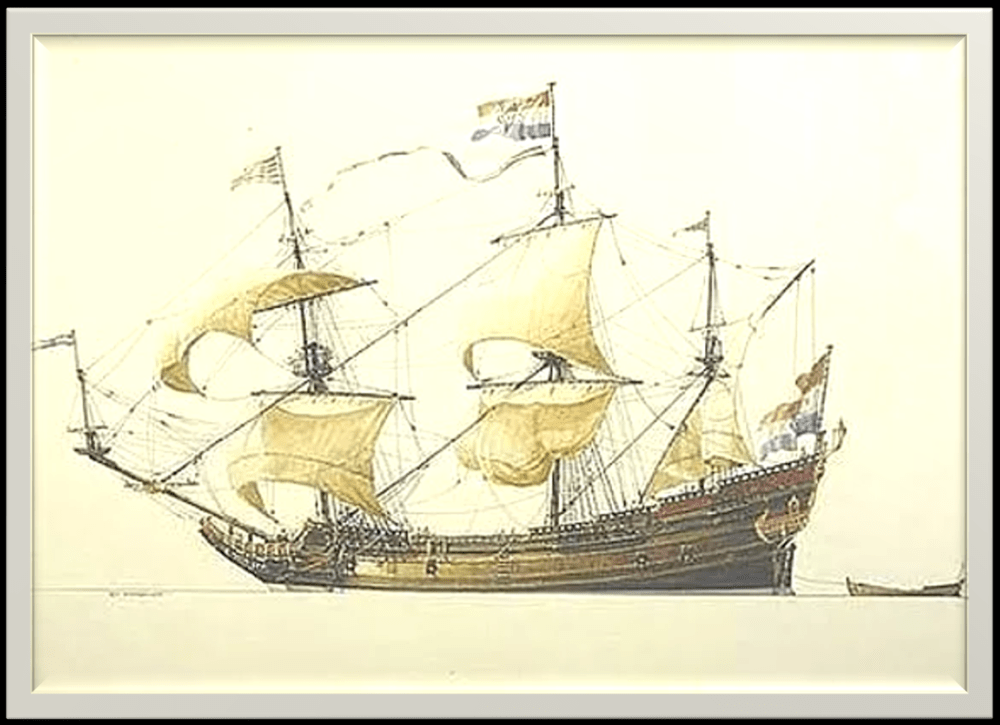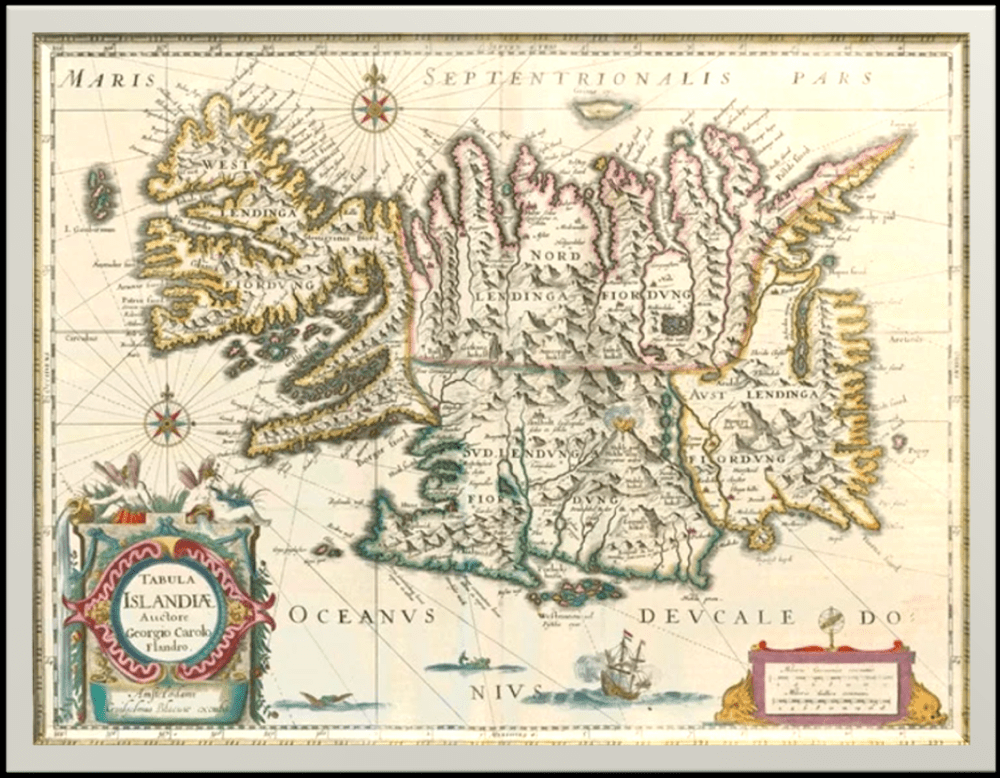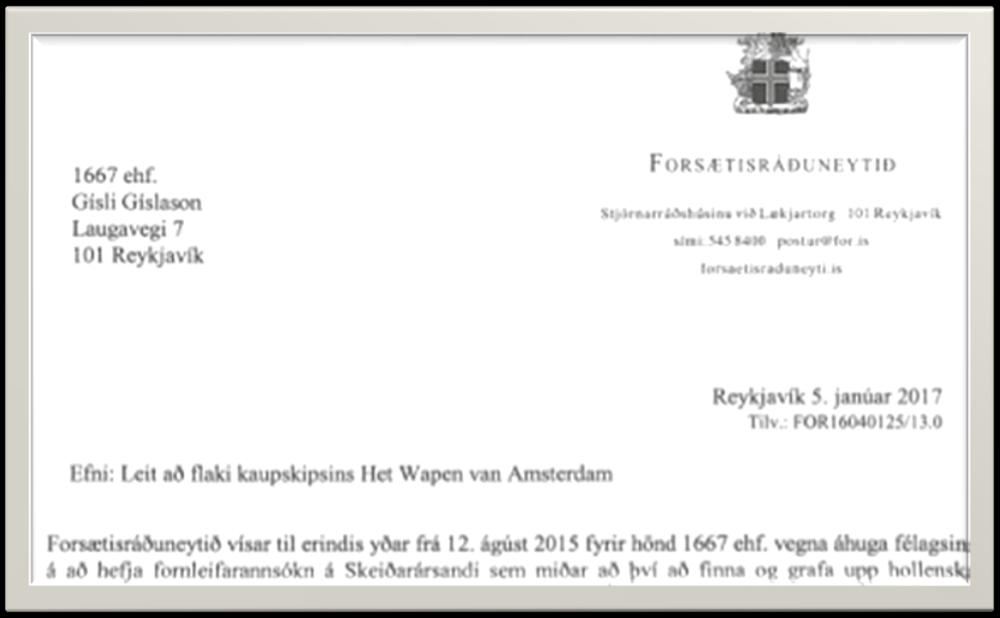Every year the Dutch sent a fleet of ships to collect the valuables from its colonies. In 1667 a fleet of five ships, carrying some of the most valuable cargo ever, set sails from India. One of the ships in the convoy was Het Wapen van Amsterdam.
Het Wapen van Amsterdam was built in 1653-1654, and was one of the biggest ships in the Dutch fleet with a crew of more than 200 and the passenger count is believed to have been between 80-100.











